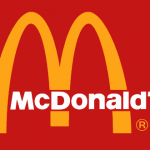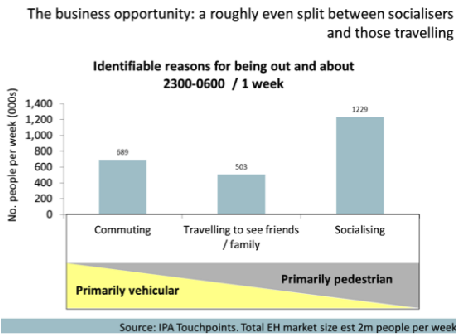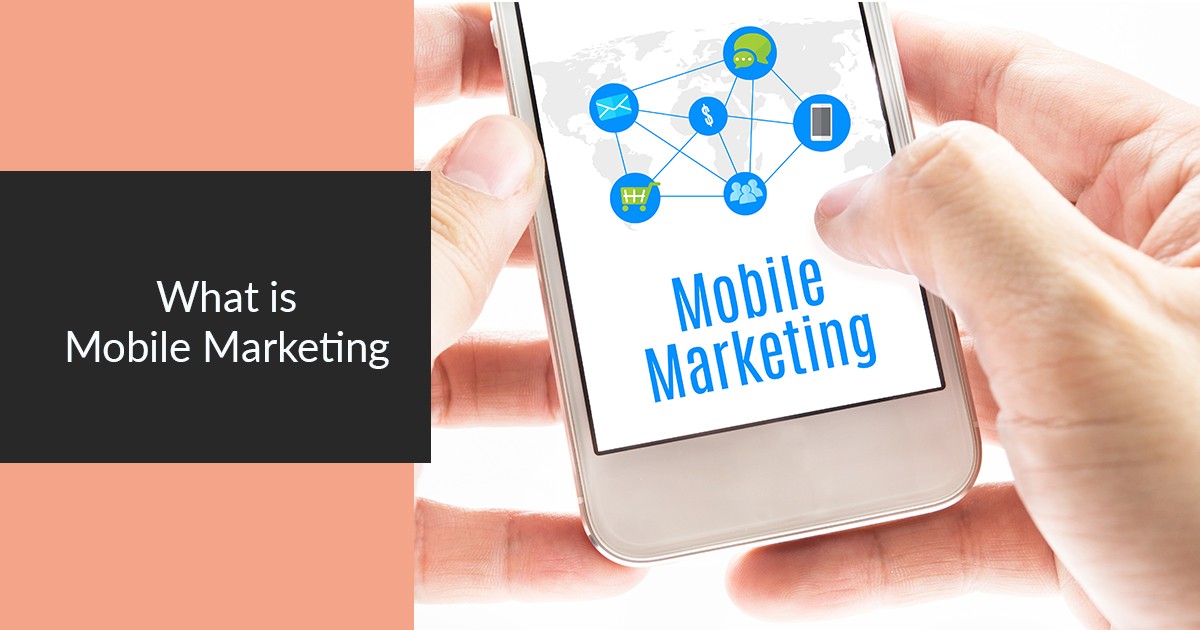 About McDonald’s
About McDonald’s
McDonald’s is the world’s largest chain of burger & fast food restaurants, serving around 68 million customers daily in 119 countries across 35,000 outlets. McDonald’s primarily sells burgers, cheeseburgers, chicken fries, french fries, breakfast items, soft drinks, milkshakes and desserts. In response to changing consumer tastes, the company has expanded its menu to include salads, fish, wraps, smoothies and seasoned fries.
In 2012, McDonalds launched their Extended Hours service in which one-third of their restaurants in the UK were going to be offering extended opening hours from 11pm-6am. But with a majority of restaurants still closing at 11pm there was a real danger that significant numbers of potential sales would be lost at the locked door of a darkened restaurant.
Objectives of McDonald’s
- Late night sales were underperforming relative to other day parts because few people knew about the Extended Hours offering ; so the main objective of the campaign was to drive awareness of late night opening and generate sales over the time period of 11pm-6am.
- To ensure McDonald’s communications resonate with its target customers, to make them think of visiting McDonald’s and act on it.
- Designing an approach which had to be highly targeted and highly efficient, to take best advantage of the business opportunity.
Strategy Adopted By McDonald’s
- McDonalds decided that location-based mobile marketing would need to be an integral part of their Extended Hours marketing strategy as it would enable them to target specific consumers at specific places and times. This strategy was taken in line with their third objective mentioned above.
- A key tool in McDonalds strategy was to create the Restaurant Finder app which through the use of geolocation, mapping and time sensitive technology provided directions on a mobile map to consumers to the nearest open restaurant at any time of day or night.
- This app was critical as only one third of McDonald’s restaurants were participating in the Extended Hours service, there was a possibility that McDonalds could lose significant sales if consumers turned up to restaurants which were not participating in the service.
Implementation
In order to create awareness and drive consumers to the restaurants, McDonalds had to understand their target audience. Through market research, McDonalds learnt the following:
- There are over 2m ‘night owls’ customers out and active between the hours of 11pm and 6am each week due to emerging 24 hour economy of UK.
- A hungry audience of people looking to refresh themselves on a long journey, or on the way home from a night shift or night out ; presented a good opportunity to position McDonald’s as a night time ritual.
- People socialising form a significant part of this group.
- But potential business between the hours of 11pm and 6am is higher from people travelling or working as they are more likely to convert.
The given graphs shows the result of McDonald’s Market Research for its Extending Hours Strategy:
- Understanding the behaviours of potential customers provided McDonald’s with clear direction in where they could look to capture customer’s attention by positioning themselves into their night-time routines. From getting cash out at the start of the evening to visiting a favourite bar, travelling to work along a familiar route, to popping into a service station to fill up.
- Accordingly, McDonalds placed advertisements at service stations, at ATMs, on local radio stations and on illuminated 6 Sheets outdoor billboards about their Extended Hours service and their Restaurant Finder app to reach this target market.
- McDonalds also placed advertisements about their Extended Hours service and their Restaurant Finder app to consumers browsing the internet on their mobile phones.
- However, these advertisements were only shown to consumers within a certain proximity of one of the participating restaurants (this is known as geotargeting) and only during the Extended Hours service.
- This was critical as McDonalds understood that market research by the Marketing Society in the UK shows that 64% of decisions about where to grab a quick bite to eat are made 15 minutes before the purchase is made.
- For this reason, McDonalds utilised mobile marketing communications as it was the most efficient way to reach these consumers at the most relevant time.
Results Achieved
- The McDonalds Restaurant Finder App was downloaded 1.3 million times over the course of the campaign and when the sales uplift was calculated, the campaign generated a Return on Investment (ROI) of 2.71:1.
- Over 6.8 million visits were made to the McDonald’s restaurant finder across a 12 month period. This was an extraordinary result which is testament to the effectiveness of the clear ‘call to action’ that ran across all campaign touchpoints.
Learnings
- The dilemma for marketing managers is not why they should invest in mobile marketing tools but how they can apply and integrate these tools effectively within their overall marketing communications strategy.
- McDonald’s Extended Hours campaign clearly demonstrates the effectiveness of a powerful, mobile led campaign concept, combined with effective targeting, in delivering a very specific audience for a specific business opportunity.
- There are no clear guidelines on how to select an area for geo-targeting. Managers should follow the example of McDonalds and gather market research on their target markets behaviours and habits to support their geo-targeting strategy.
- McDonalds understood that mobile marketing can be utilised successfully as a call to action. According to the Google Zero Moment of Truth:
o 95% of smartphone users have searched for local information,
o 61% called a business after searching, and
o 59% visited a local business after searching.
This indicates that consumers often make quick decisions based on the result of smartphones searches.
- McDonalds campaign incorporated mobile marketing best practices by providing location extensions and maps on smartphones to the closest open restaurant. This is critical as it enables the process to be as smooth as possible for the consumer.
- Recent research by Deloitte indicates that the digital-consumer expects instant knowledge and access to relevant information and this trend not only helps to explain the success of McDonalds campaign, it also indicates that mobile marketing will be a transformative technology in the future.
- According to Ericsson, the number of smartphone subscriptions worldwide will increase from 1.9 billion in 2013 to 5.9 billion by the end of 2019. Marketing managers have to prepare themselves for the reality that the exponential increase in smartphone ownership will dramatically alter marketing communication strategies all over the world.
Credits: marketingsociety, econsultancy, digitalmarketingstrategy.ucd.ie, wikipedia, mcdonaldsindia.com, aboutmcdonalds.com

 About McDonald’s
About McDonald’s

















